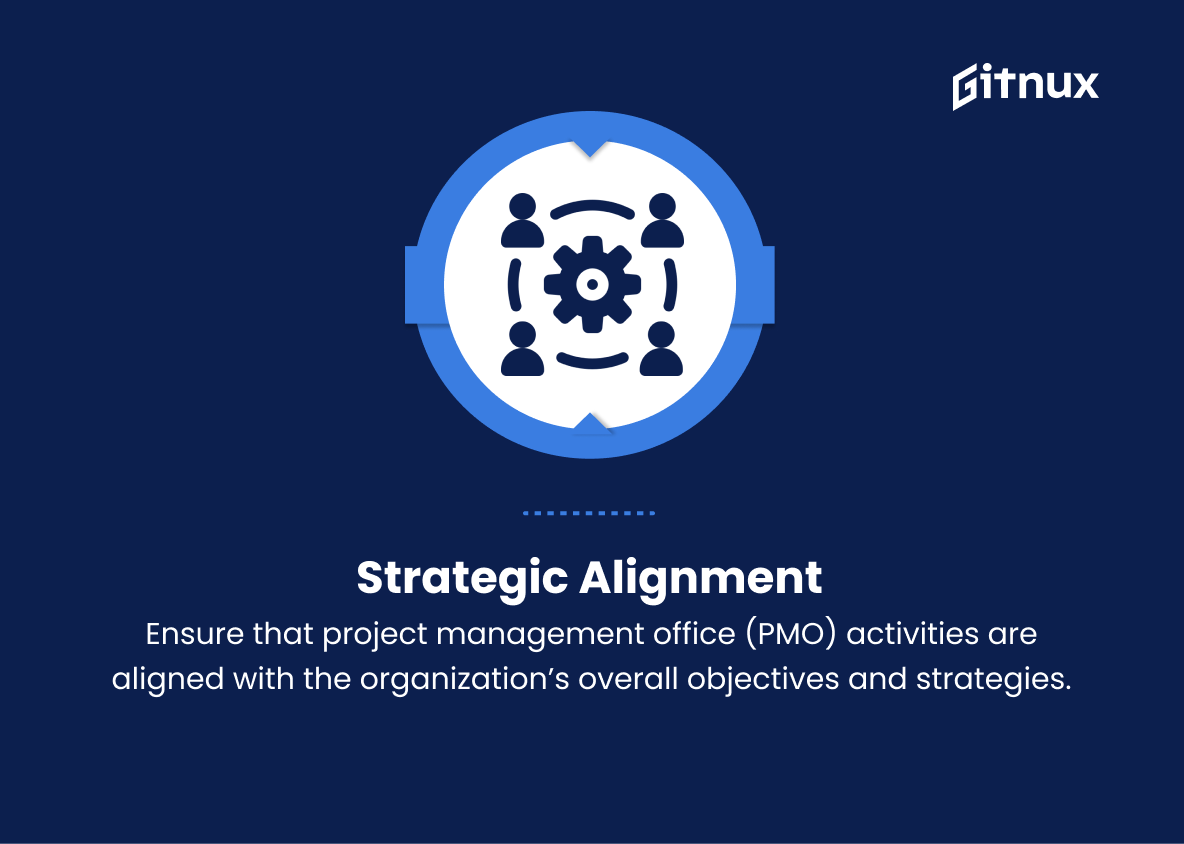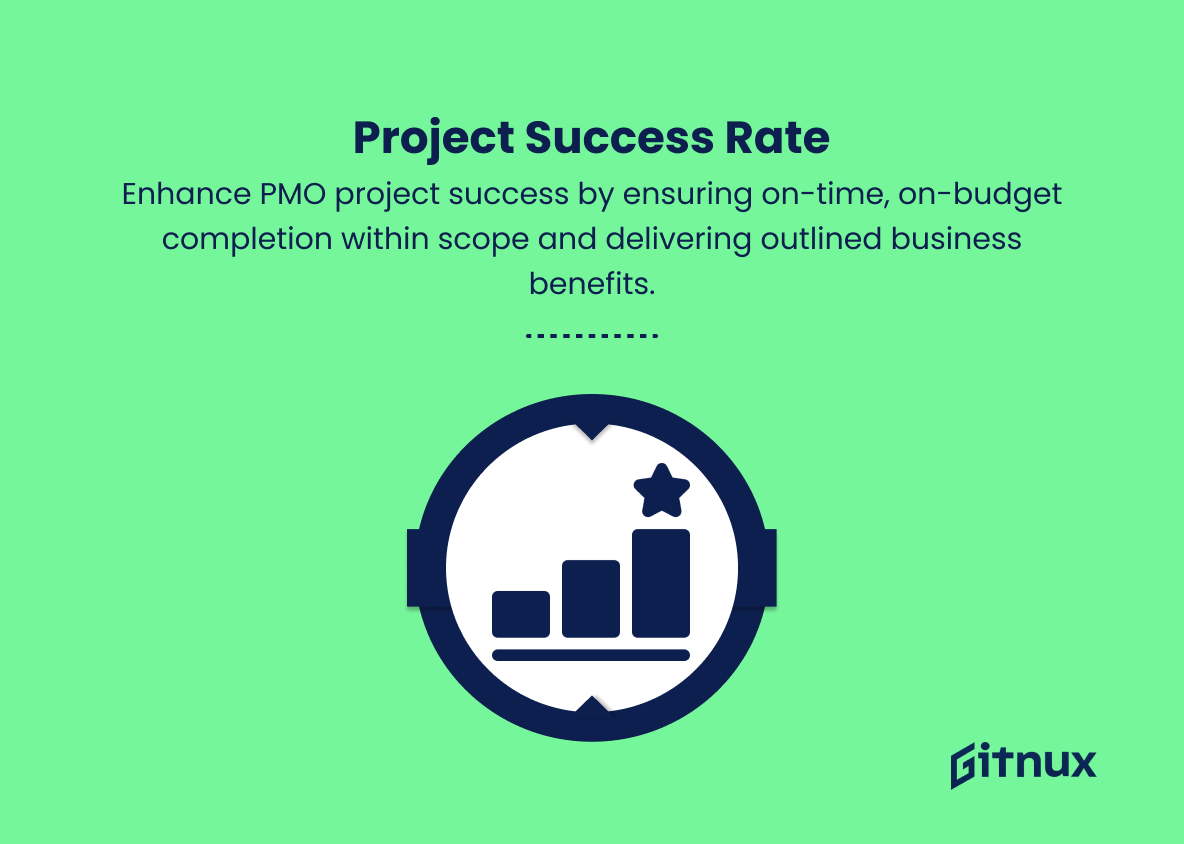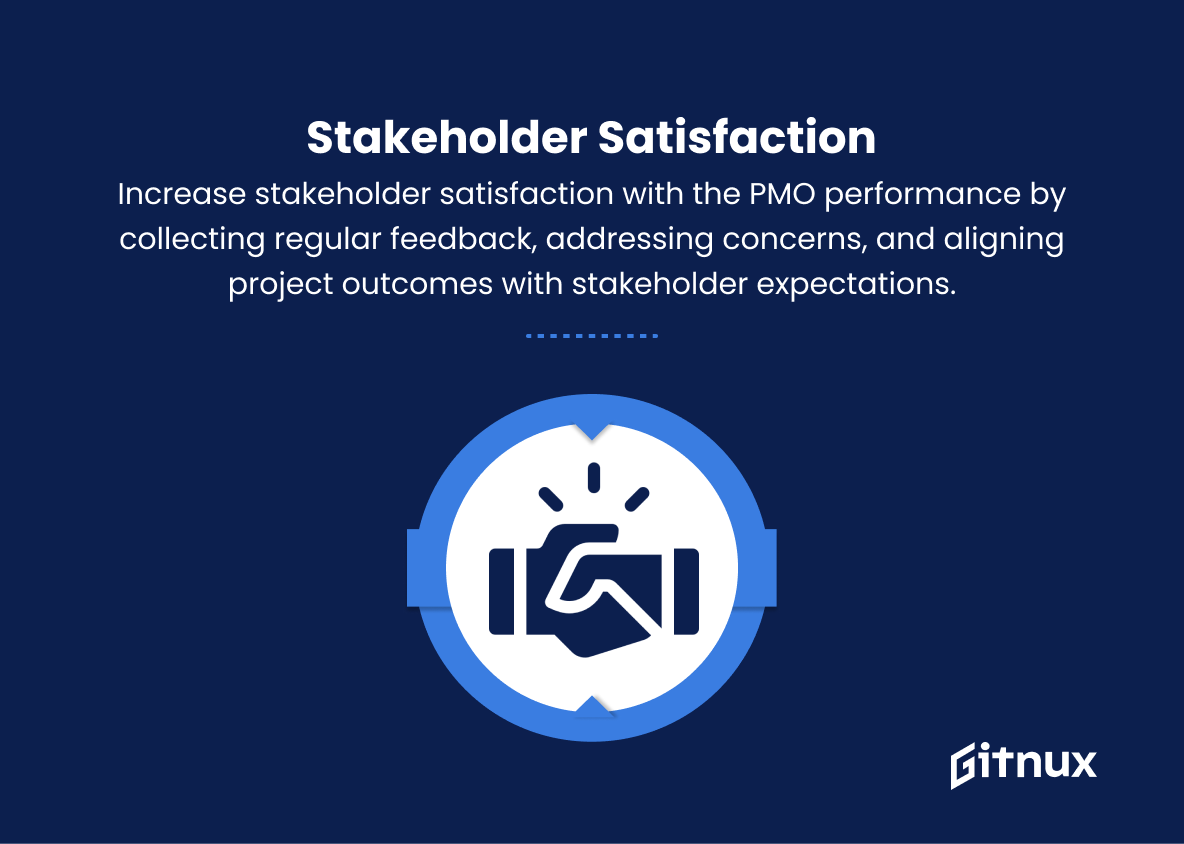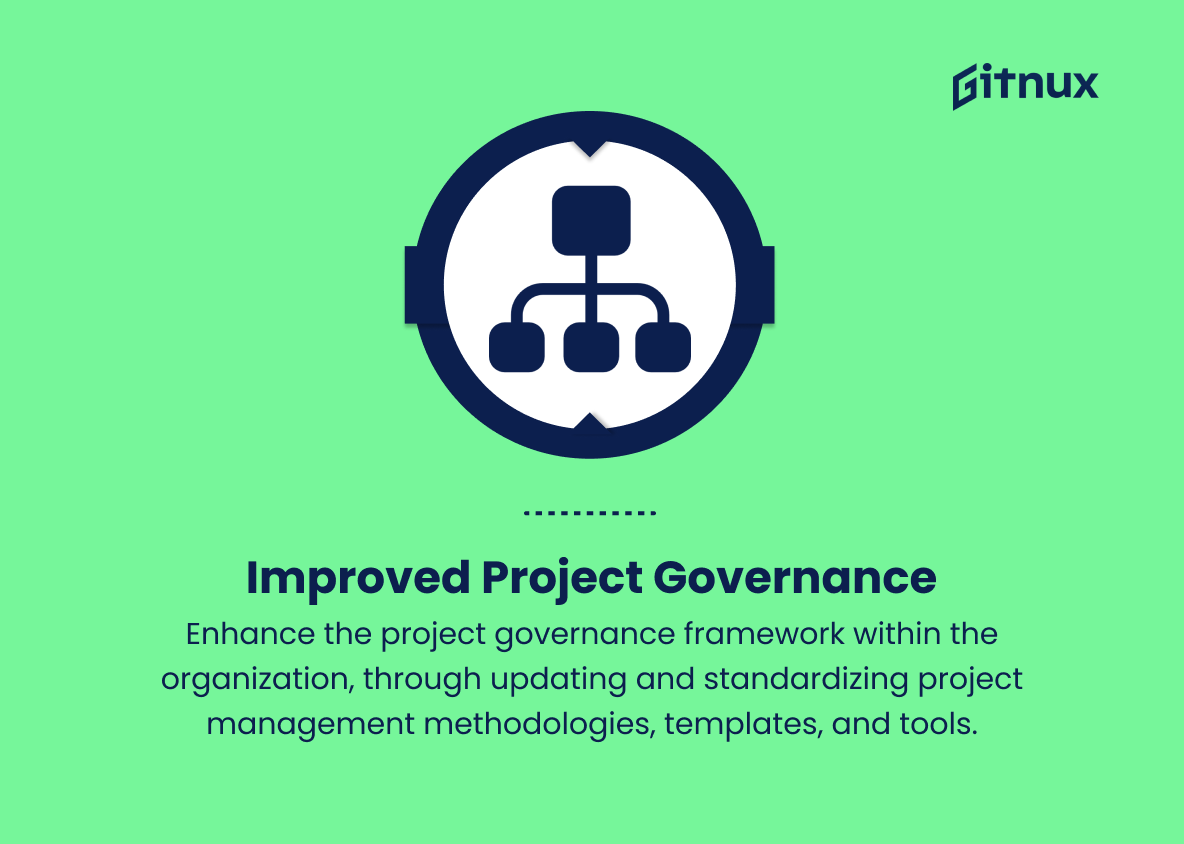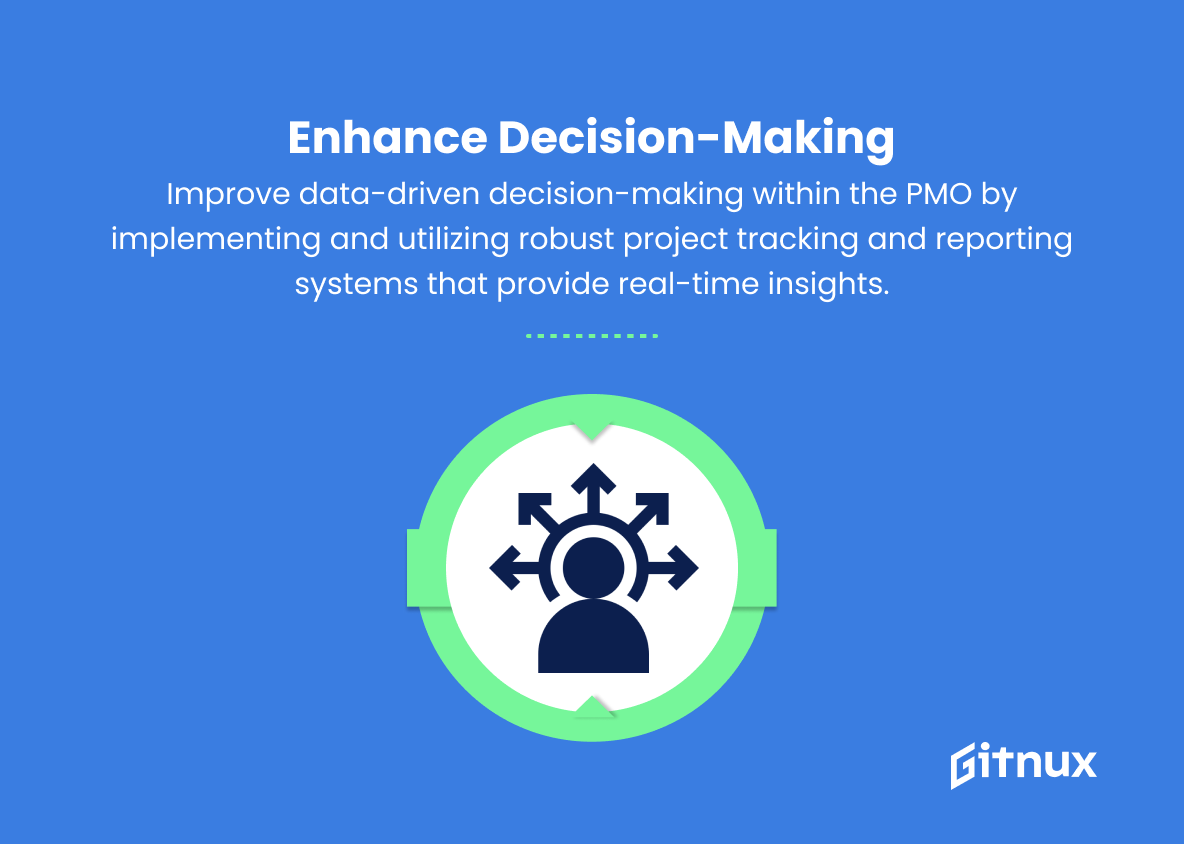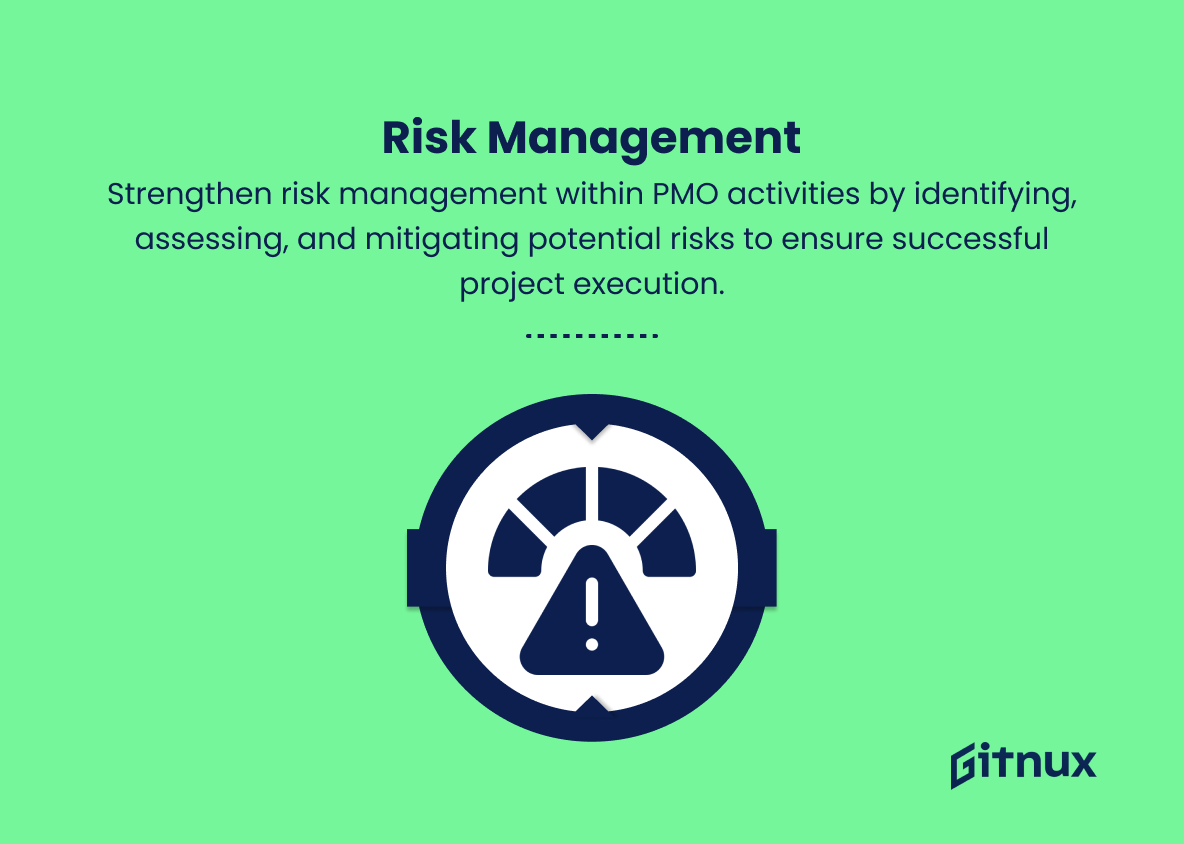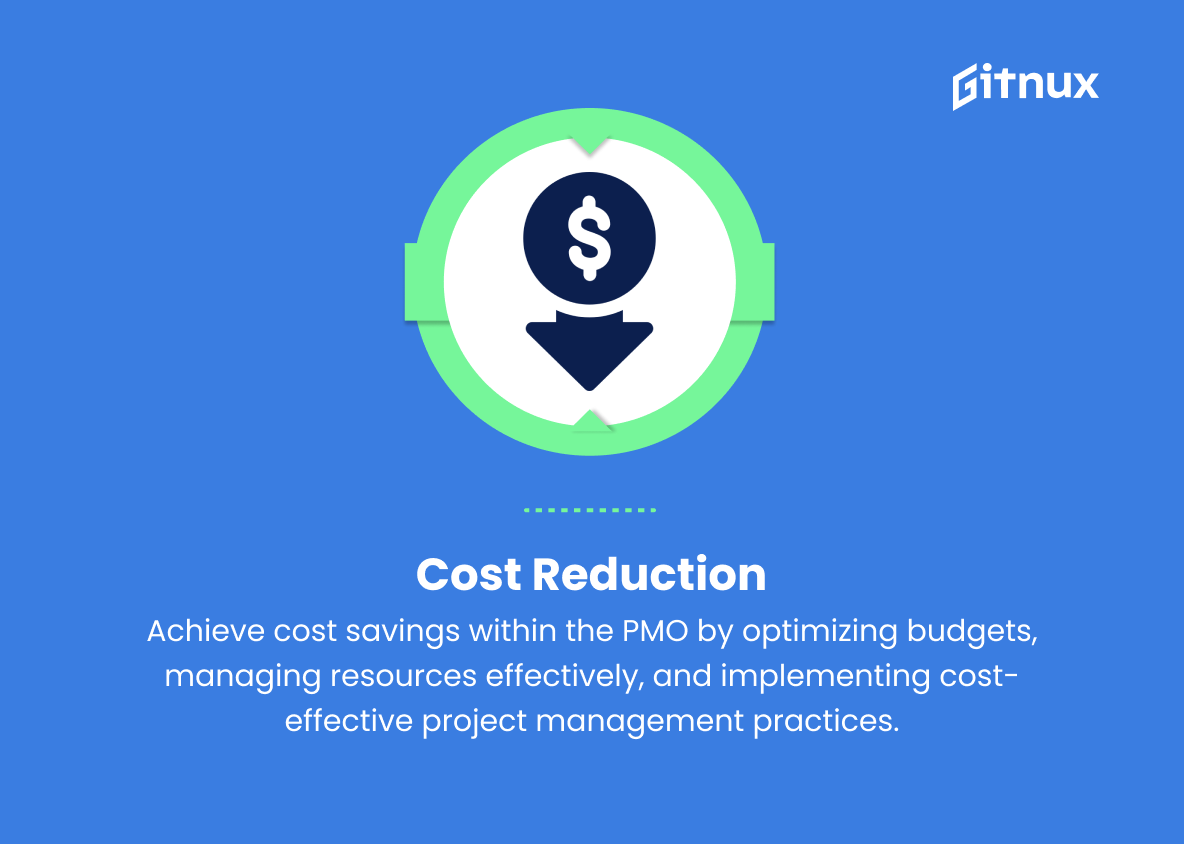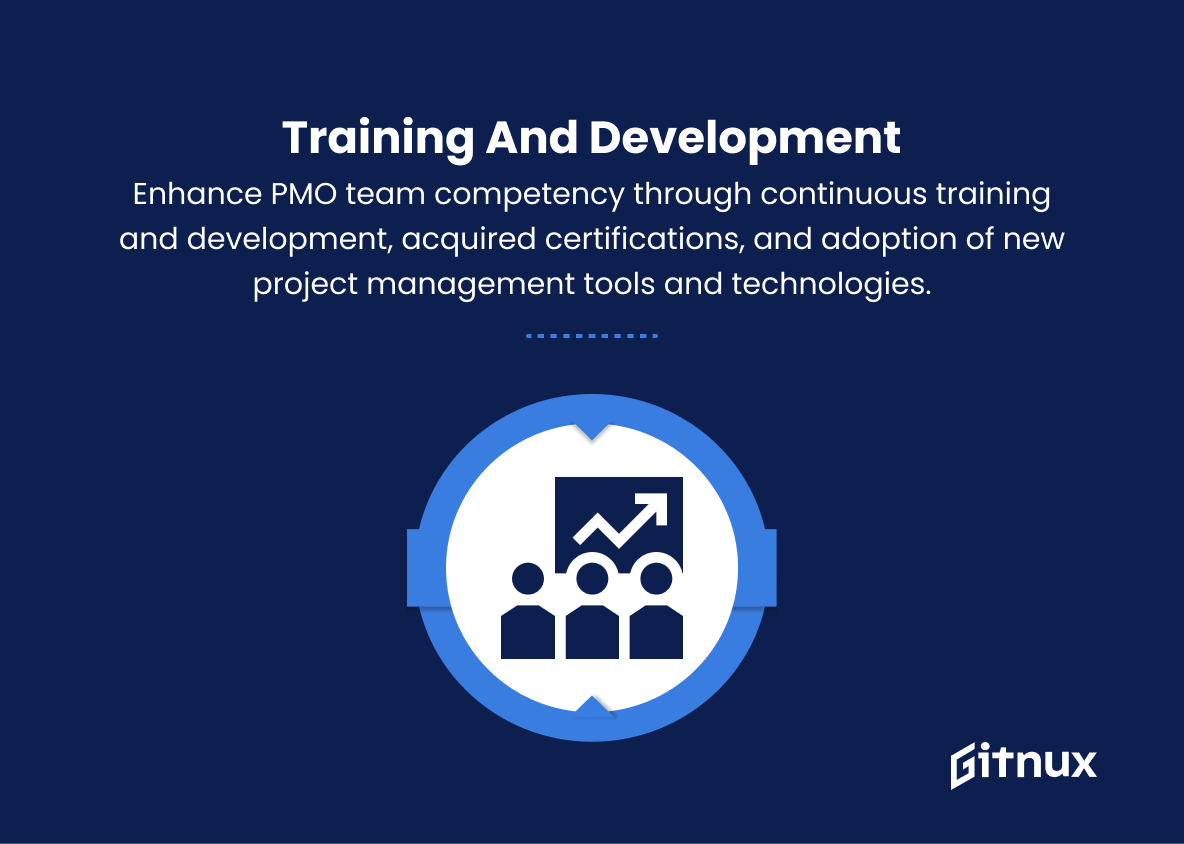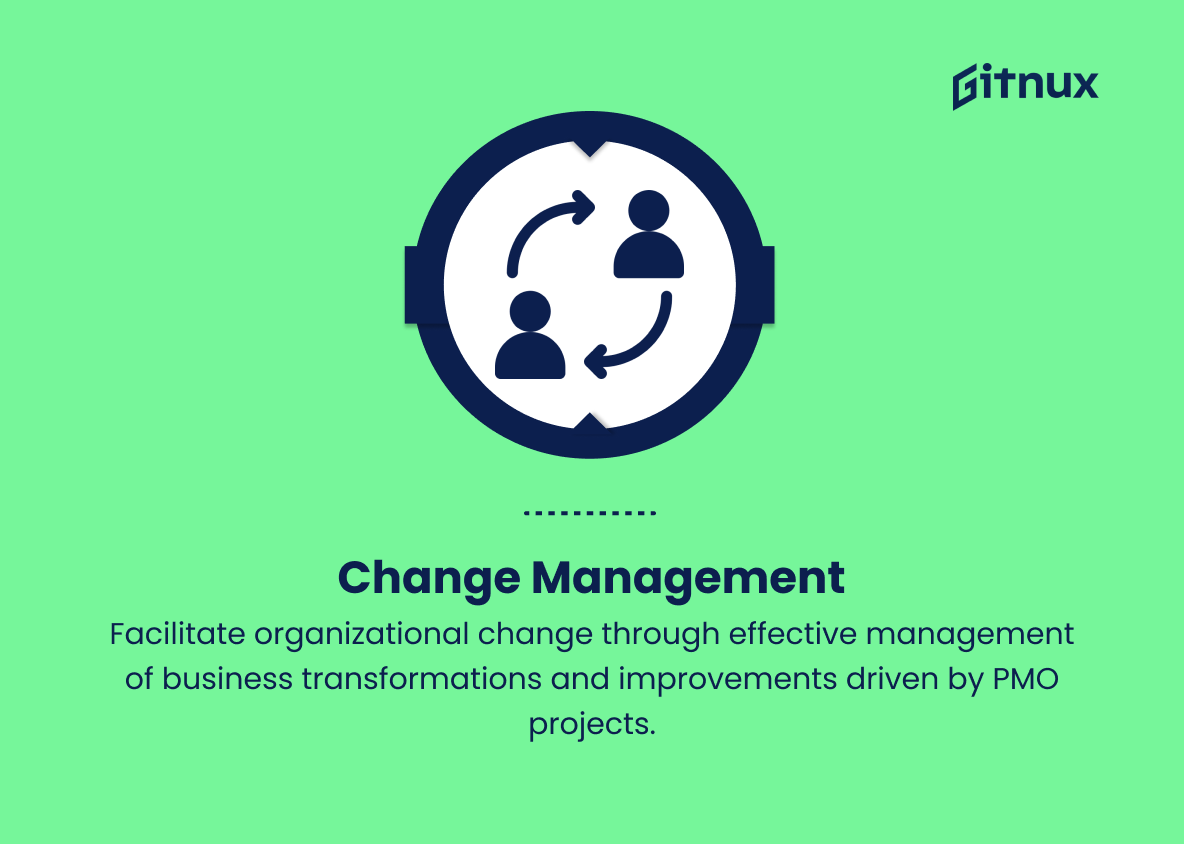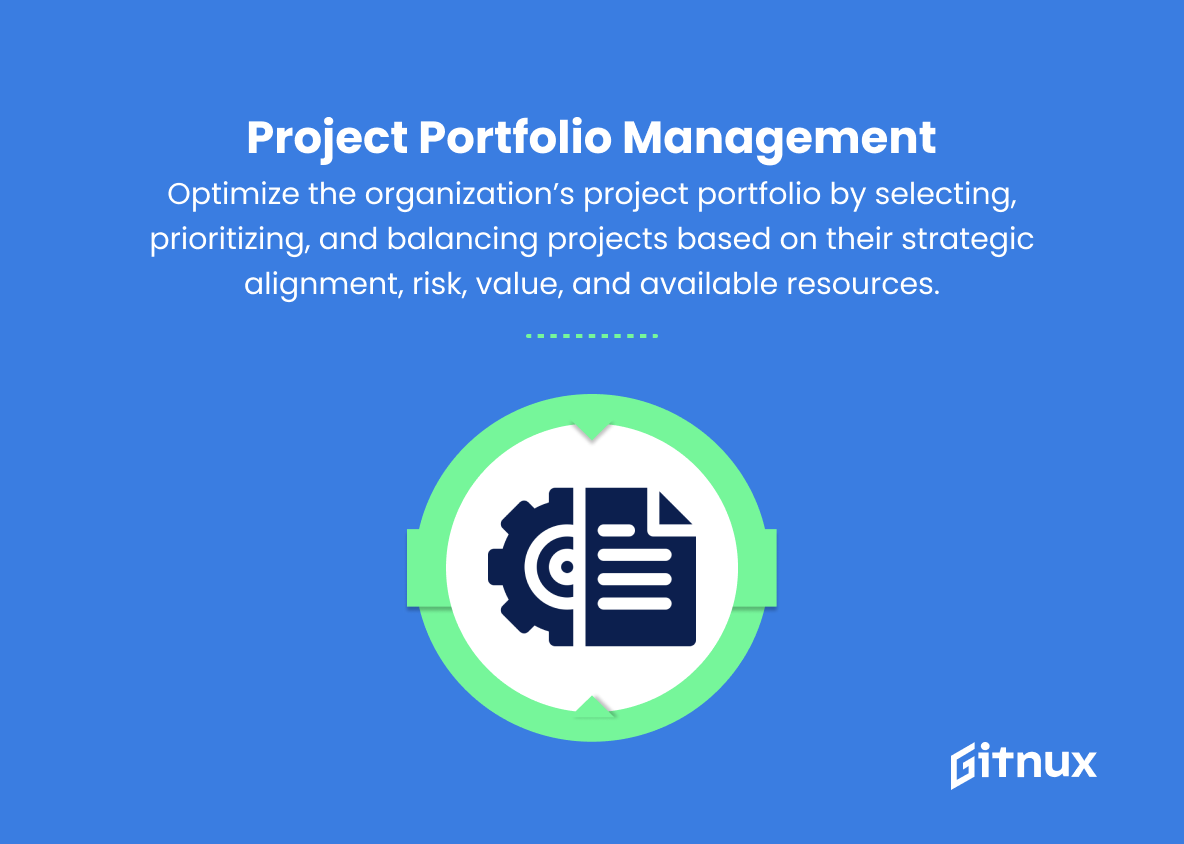In today’s fast-paced and ever-evolving business landscape, companies are continually seeking innovative ways to optimize performance and achieve their strategic objectives. One methodology that has gained significant traction in recent years is the adoption of OKRs (Objectives and Key Results). Touted for their ability to align and focus the organization, OKRs have become a vital tool for many successful organizations, including PMOs (Project Management Offices).
In this thought-provoking blog post, we will delve into the importance of PMO OKRs and their role in driving organizational success. We will also explore how to define, implement, and track these critical business goals to ensure that your PMO effectively delivers on its mandate and becomes a thriving, results-driven entity within the organization.
PMO OKRs You Should Know
1. Strategic Alignment
Ensure that project management office (PMO) activities are aligned with the organization’s overall objectives and strategies. This could involve reviewing and prioritizing projects based on the organization’s goals.
2. Project Success Rate
Improve the overall success rate of projects managed by the PMO. Success can be measured based on project completion within scope, on-time, on-budget, and meeting outlined business benefits.
3. Resource Utilization
Optimize resource allocation and utilization to maximize efficiency and productivity within the PMO. This includes assessing and making improvements in team capacity planning and staff skill management.
In today’s fast-paced and ever-evolving business landscape, companies are continually seeking innovative ways to optimize performance and achieve their strategic objectives.4. Stakeholder Satisfaction
Increase stakeholder satisfaction with the PMO performance by collecting regular feedback, addressing concerns, and aligning project outcomes with stakeholder expectations.
5. Improved Project Governance
Enhance the project governance framework within the organization, through updating and standardizing project management methodologies, templates, and tools.
6. Enhance Decision-Making
Improve data-driven decision-making within the PMO by implementing and utilizing robust project tracking and reporting systems that provide real-time insights.
One methodology that has gained significant traction in recent years is the adoption of OKRs (Objectives and Key Results).7. PMO Maturity and Continuous Improvement
Continuously review and improve the PMO’s maturity level by identifying gaps and implementing best practices to drive better project outcomes.
8. Risk Management
Strengthen risk management within PMO activities by identifying, assessing, and mitigating potential risks to ensure successful project execution.
9. Cost Reduction
Achieve cost savings within the PMO by optimizing budgets, managing resources effectively, and implementing cost-effective project management practices.
10. Training and Development
Enhance PMO team competency through continuous training and development, acquired certifications, and adoption of new project management tools and technologies.
11. Change Management
Facilitate organizational change through effective management of business transformations and improvements driven by PMO projects.
12. Project Portfolio Management
Optimize the organization’s project portfolio by selecting, prioritizing, and balancing projects based on their strategic alignment, risk, value, and available resources.
PMO OKRs Explained
The PMO OKRs outlined are critical for an organization as they ensure that project management activities are conducted effectively and efficiently, and they contribute positively to the organization’s overall growth and success. By emphasizing strategic alignment, project success rate, resource utilization, stakeholder satisfaction, improved project governance, enhanced decision-making, PMO maturity and continuous improvement, risk management, cost reduction, training and development, change management, and project portfolio management, these OKRs help create a well-rounded and high-performing PMO.
Effective implementation of these OKRs helps in streamlining processes, managing resources optimally, reducing costs, driving better project outcomes, and ultimately, advancing the organization’s business objectives. By placing a strong focus on stakeholder satisfaction and fostering a culture of continuous improvement, the overall performance of the PMO can be significantly enhanced, resulting in a positive impact on the organization’s strategic vision and long-term success.
Conclusion
In conclusion, implementing PMO OKRs in your organization is not just a trendy approach to project management, but an essential strategy for driving success, fostering a culture of transparency and accountability, and promoting continuous improvement. By setting clear objectives and defining the key results to achieve them, PMO teams can align their efforts with the organization’s vision and consistently deliver value to their stakeholders.
Moreover, adopting OKRs can help organizations streamline decision-making processes, enhance cross-functional collaboration, and cultivate a result-oriented mindset among team members. Embracing PMO OKRs is undeniably a significant step towards building a resilient, adaptable, and high-performing organization in today’s fast-paced and competitive business landscape.
